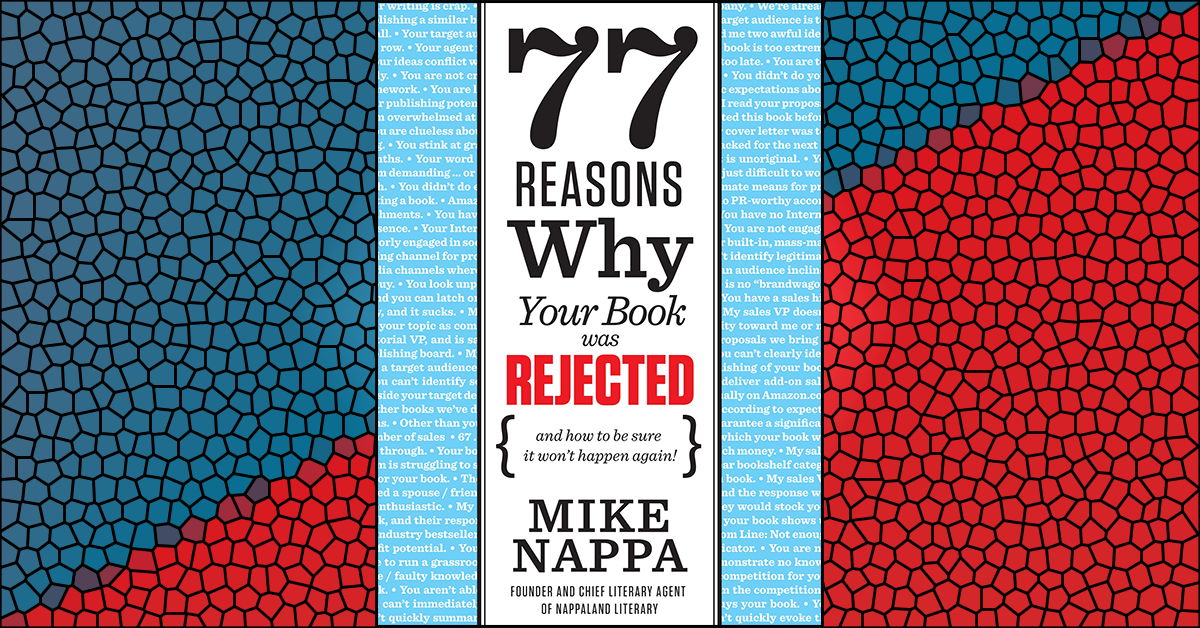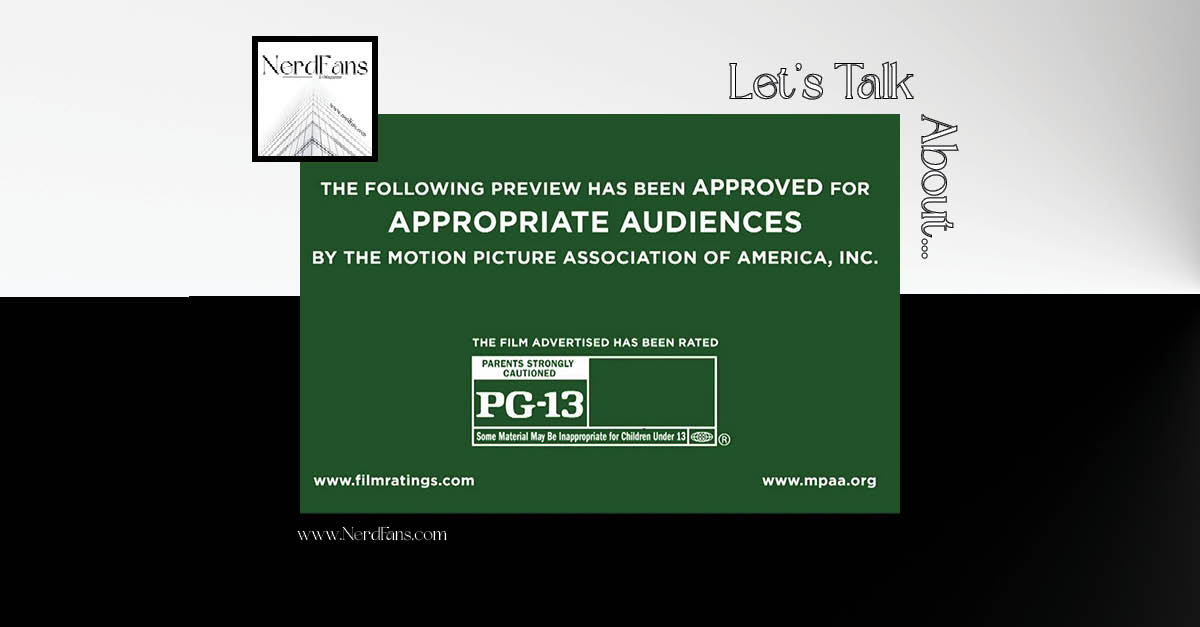A Sales Team reason for rejection
The publishing business would be a lot easier if fortune-tellers really could predict the future. Then all we’d have to do is put a few on the payroll and let them tell us what will sell like Panera bread 18 months from now.
Alas, the real world is not so easy. Instead we’ve got all kinds of people trying to predict what the next big book will be. There’s you, of course, studying the market and creating a book to meet future trends. There’s me, sitting at my agency desk, aggregating all my resources to uncover that elusive next bestseller. There’s the editor trying to duplicate past successes while avoiding present failures. And there’s my Sales VP, adding up the numbers each month to get a sense of what’s selling now, and how to sell more of it.
Trouble is, most often we all arrive at different conclusions. And when it comes to the perspective of a sales professional, the big concern is what’s selling today—not trying to predict what will sell tomorrow.
So what happens if you come to me with a truly visionary book idea, one that is timed perfectly to exploit an as-yet under-the-radar trend destined to explode just in time for your prospective book’s release?
This is where it gets tricky. My Sales VP is very much aware of what’s selling right now, and he likely hasn’t put on his seer spectacles to peer terribly far into the future. Before the 2002 release of the first Spider-Man film, I remember trying to talk up the future of superhero-themed products to some of my industry colleagues. “That stuff is niche material for kids,” the sales folks told me. “It’s not for an everyday book buyer. Pass.”
Well, if you’ve been alive since 2002 you know what happened after that. Major movies like Spider-Man (1, 2, & 3), the X-Men franchise, Batman Begins, Iron Man, The Dark Knight, The Avengers, and more have dominated pop culture for most of this century. And if you look on bookstore shelves, there are gobs of superhero themed titles vying for our money—many of which are selling very well.
But I couldn’t make sales teams see the future in that area, so they—and I—missed out on the trend.
What does that mean for you? Well, you may spot a trend with plenty of time to capitalize on it…and you may still get rejected because my Sales VP simply can’t take her eyes off today long enough to catch the vision for tomorrow.
What You Can Do About It
1. Show clear data to support your vision.
One thing you can count on with a Sales VP is that numbers will count. If you spot a trend that appears to have profit potential in the future, start translating that trend into numbers. Talk about where we are today and how that projects out for the future. Speak the language of population figures, similar sales trends, charts and graphs.
If you can back up your instincts with data that supports your trend analysis, my Sales VP will listen. If your numbers are accurate and project a strong return on investment, my VP might just say yes to your book after all.
2. Don’t stop pitching.
If you see a profitable potential coming in the future, don’t give up when the trend becomes obvious. Keep pitching your ideas, finding new publishers, and reiterating your data to anyone who will listen.
Hey, if your predictions are correct, you’ll start to see evidence of that in the marketplace—and so will the suits at the publishing companies. At some point, your prediction will hit a tipping point where everyone is aware of it. And if your book proposal is sitting on an editor’s desk when a Sales VP finally notices the trend and tells the editorial department about it, you’re in a good spot to be the one who profits from it.
3. Diversify.
Be ready to capitalize on several future trends—not just one. If you try to convince my sales VP that certain products will boom 18 months from now, and he doesn’t believe you, go ahead and file those ideas away for them moment. Then tackle the next upcoming trend on your list and pitch new ideas related to that one. Keep delivering diversified targets in your proposals and sooner or later one is likely to make an impact.
The worst idea is the one that keeps getting rehashed, so think of yourself as a library of great ideas, not a shrine to a single one.
Looking for more? Check out these links:









